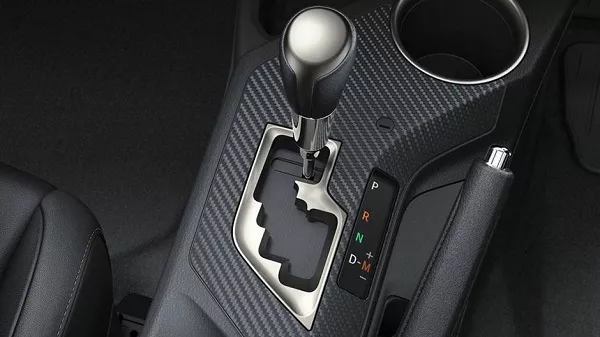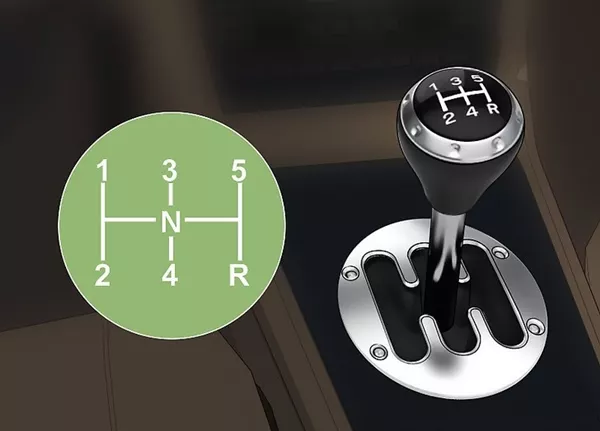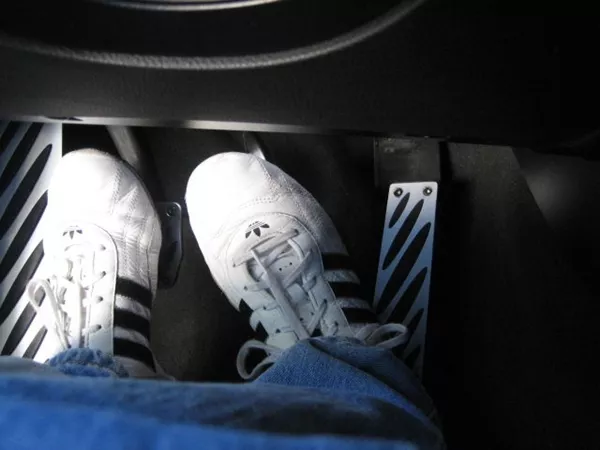Vehicles with an automatic transmission or gearbox are slowly becoming more and more popular than manual-transmission cars. That is because of the convenience of not having to use a clutch, as well as not having to figure out which gear to use in certain situations.
But thankfully, manual-transmission cars are still around. In fact, a lot of people prefer to use them. If you’re not familiar with how it works, here’s a, well, manual on driving a manual prepared by Philkotse.com.

AT cars are in, but MT cars are still around
1. Different gears
When you enter the driver’s side door, you will see the car gear lever handle on the right side of the driver’s seat. On top of it or on its knob, there are markings, namely 1, 2, 3, 4, 5, and R. In newer models, you might also find a 6. The meaning of each is as follows:
- 1: First gear
- 2: Second gear
- 3: Third gear
- 4: Fourth gear
- 5: Fifth gear
- 6: Sixth gear
- R: Reverse
Right in the middle of these markings is the neutral (“N”) gear, but it doesn’t have a marking. Nonetheless, you know that it is in “N” gear when you can move the stick or lever freely from side to side.

Neutral is not usually marked but is basically engaged when the shift knob moves freely from side to side
>>> FYI: Learn about the 4 most popular types of transmission these days.
2. Manual transmission driving guide
Now that we are familiar with the various gears found on a manual transmission car, let us learn when to use each of them.
The N gear
When you are in neutral, it basically means you have not selected any gear. It is always best to make sure your car is in “N” gear when you start the car.
Your gear should also be in neutral when your car is parked. In both situations, make sure you apply the handbrake as well. Additionally, as some of you might leave your car with the engine on, such as when you forgot something in the house and you just need to get it, leaving the gear on neutral is also recommended.
>>> Related: What does ‘S’ on the gear shifter mean?
First gear
When you are moving forward or are setting off from a stationary position, your car must be on first gear. An exception will be when you are on a downhill street. The first gear should also be used if the traffic is moving slowly.
Second gear
The second gear is a more economical option than the first gear because it provides more speed using lower power. This gear option is useful when you are starting from a stationary phase and are on a downhill street.
>>> Read more: Top 9 biggest mistakes when driving a manual transmission car.
Third and fourth gears
These two gears provide higher speed than the first and second gears. Thus, these should be used when you are speeding.
Fifth and sixth gears
These gears are best when you are driving in an open road such as NLEX, SLEX, and TPLEX. This is because you can speed up to a certain level.
Reverse gear
As the name implies, the reverse gear is for when you are backing up.

Always turn your head and look behind when using the R gear
As you can see from the above, for gears from first to sixth, as the number increases, it provides the car’s machine with higher speed but lower power. That being said, the right kind of gear to use will also depend on the speed you are at or trying to achieve. Here is a guide:
|
Gear
|
Speed
|
|
First
|
0 to 8kph
|
|
Second
|
8 to 24kph
|
|
Third
|
24 to 48kph
|
|
Fourth
|
48 to 64kph
|
|
Fifth
|
Above 64kph
|
>>> Also read: Top 6 manual transmission-equipped cars you would love to drive.
3. How to shift gears
The good thing about shifting gears is that the gear handle will “lock” when you have successfully set it to a certain gear -- except the neutral gear, of course. Just make sure that you memorize the position of each so that you won’t make a mistake and experience stalling or worse, destroy the gearbox.
To shift gears properly, keep the following in mind:
- It is always best to move the lever gently. Do not apply too much force. Experts say that you must move it in a straight line or at 90-degree angle, depending on what gear you are trying to achieve. That is because the gears are parallel to each other.
- When slowing down, the change in gears will depend on what speed you are about to achieve. Apparently, there will be times when you can’t look at the speedometer, so listening to the engine will be best. If it seems like the engine is having a hard time, then the gear is too low. Same goes when you are increasing your speed but, of course, you are moving the gear to a higher number.
- It is recommended that you shift gears one step at a time. Meaning, when you are at first gear, the next one should be the second gear, then the third, and so on. Nonetheless, shifting from first to third gear is acceptable as long as you are sure that you are at the right speed; same goes when moving from a higher gear to a lower one. This is the so-called block-changing gears.
- If you are making a full stop and are at the high gears, depending on the car model, just press on the brake until you are four to five meters away from the stoplight or car in front of you. After which, or just before the car stops, step on the clutch and move to first gear.
- The last thing to remember is that when you are on first and reverse gears, your foot should be controlling the clutch.
>>> Just in case: How to drive a manual transmission car with slipping or broken clutch.

Cover the clutch with one foot while hitting the brakes
4. Gearing at its finest
Manual-transmission driving is not as difficult as it seems as long as you familiarize yourself with the gear positions and the recommended speed levels for each gear. It is also best to learn to listen to your car’s engine. This way, you do not need to look at the speedometer all the time.
With this article, you have learnt about different manual transmission gears. You can also find out a step-by-step guide on how to drive a manual transmission car with Philkotse's experts in this article.
Recent posts
- Semi-automatic cars: How they differ from Manual and Automatic cars Nov 30, 2022
- 9 steps to drive stick shift in manual transmission cars Nov 30, 2022
- Ending the controversial debate: Automatic or Manual Transmission? Aug 28, 2019
- Some habits accidentally shorten the life expectancy of transmission. Apr 12, 2017












